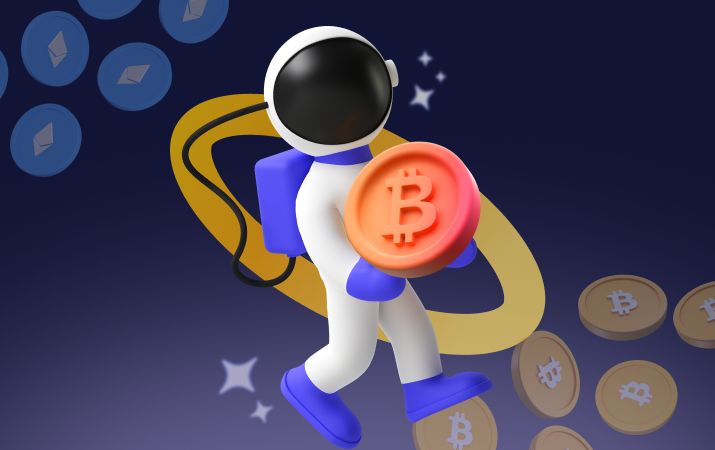The Base network, developed on Ethereum, has reached a strategic milestone by approaching 1,000 transactions per second (TPS). This impressive figure places it in the same league as Solana, previously considered a scalability champion. This milestone redefines the balance of power between high-performance blockchains.
Base: A Decisive Technical Leap
- 1,000 TPS Target in Sight: Base recently recorded activity peaks approaching 900 TPS, bringing the network closer to the symbolic 1,000 mark. This level of performance now makes it a key player in the race for speed and efficiency.
- A Growing DeFi Ecosystem: This surge is fueled by a significant increase in decentralized applications (dApps) and growing user adoption, particularly around DeFi projects and meme coins.
Towards a Direct Rivalry with Solana?
- Increased competition for scalability: Historically positioned as a low-latency network, Solana is now facing a direct challenge from a competitor that benefits from Ethereum's infrastructure and security.
- Potential user and developer migration: With growing activity and competitive transaction fees, Base is attracting the attention of many developers. This shift in interest could reduce Solana's competitive edge.
Opportunities and risks
Opportunities:
- Strengthening the Ethereum ecosystem through robust Layer 2 solutions
- Increasing institutional interest in faster and more secure blockchains
Risks:
- Possible congestion if growth exceeds the network's actual capacity
- Concentration of DeFi applications on a single architecture, increasing systemic risk
Conclusion
As Base approaches the 1,000 TPS threshold, it is no longer content to be a second-tier solution: it is establishing itself as a serious competitor in the performance race. As users seek both speed and security, the rise of Base could well reshuffle the cards within the crypto landscape.










